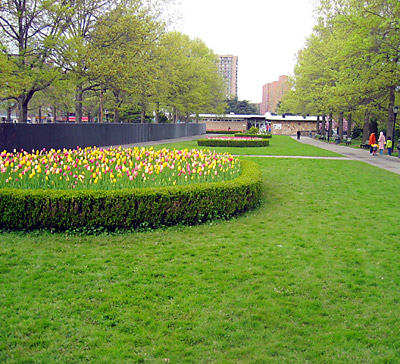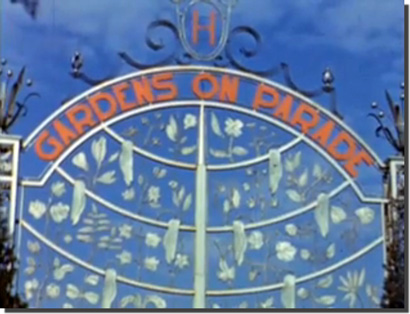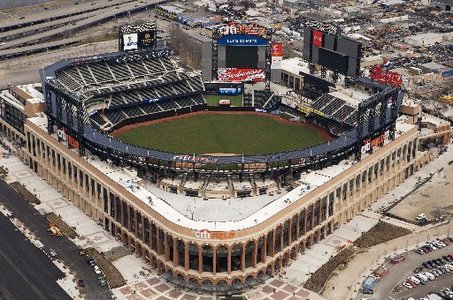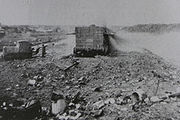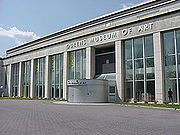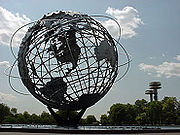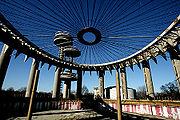From The Peopling of New York City
Contents |
Queens Botanical Gardens
History
The Queens Botanical Gardens began as an exhibit at the New York World’s Fair in 1939. Spanning five acres, it was originally called the “Gardens on Parade” and featured displays of botany that demonstrated innovations in plant care and preservation. There were over 50 displays in total, ranging from ordinary gardens to displays of tropical and exotic plant life.
After the World’s Fair, the Gardens on Parade was kept and turned over to botanical organizations.
The Gardens have since expanded to 39 acres. Of those 39, 21 are used as an expansive recreational park, while the rest are comprised of botany exhibits and specialized gardens.
The Gardens
The Queens Botanical Gardens includes a variety of gardens with unique functions and aesthetics.
Notable gardens include:
- The Bee Garden
- The Bee garden is populated with several beehives as well a variety of plants that attract bees. Some of the plants are specifically chosen due to the influence they have on the taste of honey that the bees later produce.
- Every fall the garden has a "Honey Harvest" in which the honey is collected. In addition, educational classes on pollination and harvesting are taught there.
- The Bee garden is populated with several beehives as well a variety of plants that attract bees. Some of the plants are specifically chosen due to the influence they have on the taste of honey that the bees later produce.
- The Wedding Garden
- The Wedding Garden features a gazebo, stream and footbridge, and carries a Victorian-style atmosphere. The garden features daffodils, perennials, and tulips, and is rented out to couples wishing to get married there. In fact, the garden has seen thousands of weddings since its inception.
- The Memorial Rose Garden
- The Memorial Rose Garden was named so to commemorate Charles H. Perkins, and is the largest collection of roses in the northeast. The displays include hybrid tea, shrub, and minature roses in intricately designed beds
Flushing's History Revealed
The Botanical Gardens exemplifies Flushing’s history of horticulture. During its early years as an English colony, Flushing was home to North America’s first tree nurseries. These nurseries raised trees and sold them commercially, and many of the trees grown still populate the neighborhood. The cultural impact of Flushing’s botanical history is evident even in the street names which line Kissena Boulevard.
View Kissena Boulevard in a larger map
Citi Field
General Info
Citi Field is a baseball stadium completed in 2009, and is now the home stadium of the New York Mets. The first game in Citi Field was played on March 29th 2009 between two college teams, St. John’s and Georgetown. The stadium has a capacity of 42,000, and the exterior décor is based off of Ebbet’s Field.Shea's Legacy
The stadium was built to replace the adjacent Shea Stadium, previously the home of the Mets. Shea Stadium started as a multi-purpose stadium meant to house several different types of sporting events. Originally set to be called Flushing Meadow Park Municipal Stadium, the name was changed to honor William A. Shea, who gave New York the National League. Shea Stadium opened on April 17, 1964 and closed in 2008.
Flushing Meadows Park
Before the Park
Flushing Meadows Park is not only Queens' largest park, but it is also one of New York City's flagship parks.
Starting as the Corona Ash Dumps, it was later cleared in preparation of the World's Fair by Parks Commissioner Robert Moses. The ash that previously occupied was repurposed as material for building the Van Wyck Expressway, Interboro Parkway, and Long Island Expressway, which all pass by the park. The site was chosen due to its open expansive area.
The World's Fair
The World's Fair brought to the park many of the memorable monuments and buildings that give the park its character today.
- The Queens Museum of Art now resides in the only remaining building from the 1939/1940 World's Fair, which previously held the UN General Assembly. The Queens Museum of Art still contains the expansive panorama of New York City which was first completed for the 1964 World's Fair.
- In addition, the Unisphere still stands from the 1964/1965 Worlds Fair. It was built to symbolically represent the theme of the world's fair: peace through understanding. Below the Unisphere lays a pool of water, meant to give it the effect of suspension in space.In 1995 it was granted official landmark status.
- Both the observation towers and New York Pavilion still stand as well, although both are in disuse.
Present Day
Flushing Meadows Park provides a variety of activities year round for park goers to enjoy.
Several Institutions providing entertainment and education include the Queens Museum of Art, The New York Hall of Science, and the Queens Theater in the Park.
Several activities also take place on the park's Meadow lake. Paddle boat rentals are available on the lake, and the annual Hong Kong Dragon Boat Festival in New York takes place there. This festival is held to celebrate the fifth moon of the lunar calendar and hosts over 150 dragonboat teams and 30 boats.
